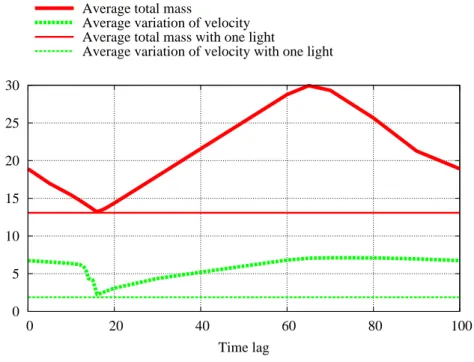Finite volume schemes for constrained conservation laws
Texte intégral
Figure



Documents relatifs
However with an additional control g(t) as in (1.1) and with f (z) = z 2 2 (Burgers equation), Chapouly showed in [9] that in the framework of classical solutions, any state
In the local diffusion case α = 2, the corresponding generalizations were obtained by Maliki and Tour´ e in [39], relying on the fundamental work of Carrillo [19] that established
We present the DFLU scheme for the system of polymer flooding and compare it to the Godunov scheme whose flux is given by the exact solution of the Riemann problem.. We also
inhomogeneous scalar conservation law; discontinuous flux; change of variables; entropy solution; vanishing viscosity approximation; well-posedness; crossing
Bouriah and M.Darwish, Nonlinear Boundary Value Problem for Implicit Differential Equations of Fractional Order in Banach Spaces, Fixed Point Theory (to appear).. Bouriah, Existence
Mathematics in En- gineering, Science and Aerospace (MESA) , 2018, Vol.. This paper deals with the construction of nonlinear boundary conditions for multidimensional conservation
It is well-known that compactness arguments based on BV bounds for the existence of solutions for quasilinear hyperbolic conservation laws is limited to one-dimensional
We describe a new method which allows us to obtain a result of exact controllability to trajectories of multidimensional conservation laws in the context of entropy solutions and